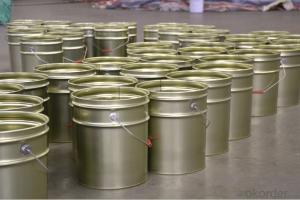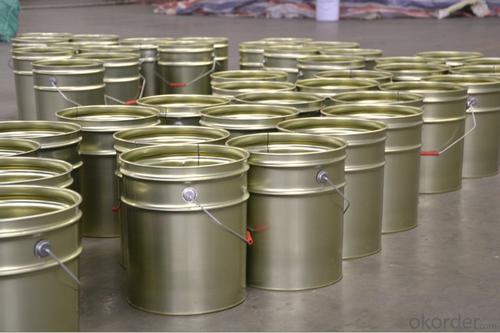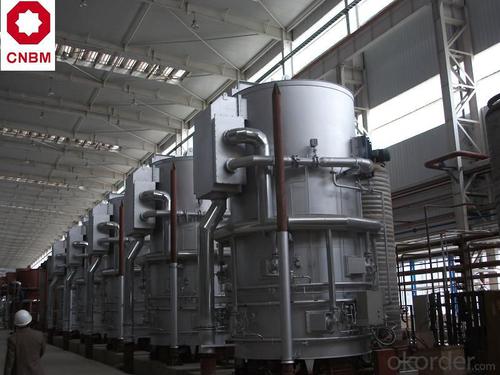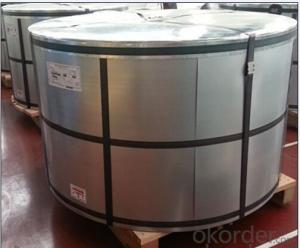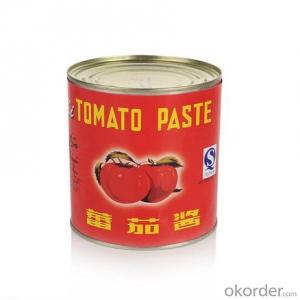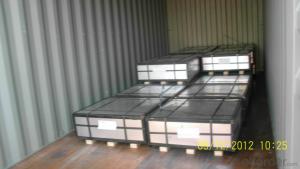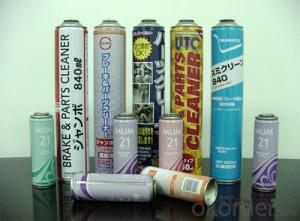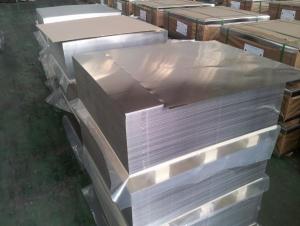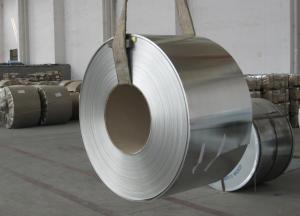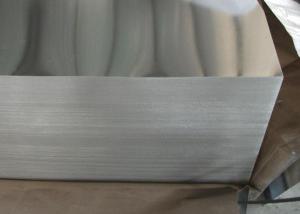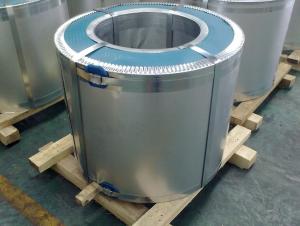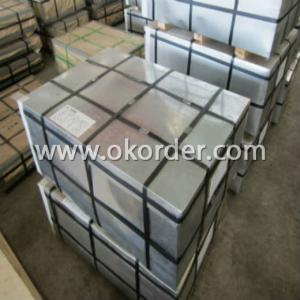High Quality Tinplate For Biscuits Cans, MR Material
- Loading Port:
- Tianjin
- Payment Terms:
- TT OR LC
- Min Order Qty:
- 13 m.t.
- Supply Capability:
- 50000 m.t./month
OKorder Service Pledge
OKorder Financial Service
You Might Also Like
1.Usage
Tinplate is widely used for making all types of containers, containing industrial usage such as paint can, oil can, aerosol cans etc., and food cans like milk powder cans, tomato paste can, dry food cans etc.
2. Quality
As a state owned company and a large tinplate supplier in China, our tinplate quality ranks 1st level in China, similar to Bao Steel, Posco etc.
3. Tinplate Specification
standard: GB/T2520, JIS G3303, DIN EN10202
Material: MR /SPCC
Thickness available: 0.16-0.50MM
Width available: 600~1050MM
Temper grade: T1 – DR8
Tin coating: ordinary 2.8g/2.8g, 5.6g/5.6g and others
Package: sea worthy export package.
Applications: Tin can for chemicals & paint cans, industrial cans, food cans
4.our production equipments
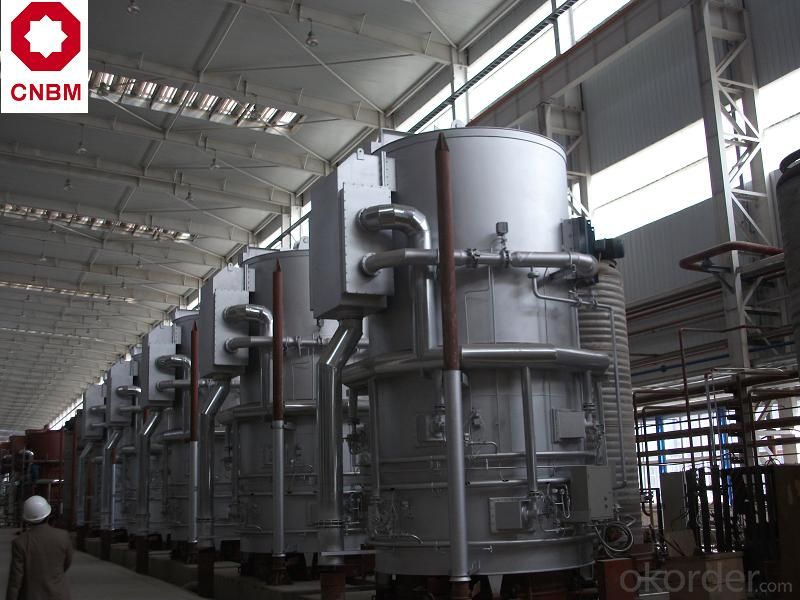
5. Our export market
now our tinplate has been sold to more than 30 countries, including Europe countries, Gulf Area, South American, South Afric etc.
6. Our overseas markets:
Furthermore, in the year 2014, we have more than 10 overseas warehouses all over the word, located in KSA, UAE, Oman, Russia, Kuwait, Qatar, Oman, Chile, Brazil etc.
7. FAQ
a. what's the annual output?
about 500,000 tons per year.
b. where's the raw matrial from?
our hot rolled coil is purchased from Capital Steel and other state owned mill, with quite good quality.
c. how long is the delivery time?
normally for SPCC about 45~55 days, while 65~75 days for MR material
d. how to control the quality during production process?
inside our workshop, we have MES syestem. It realizes the optimization of the production procedure in the workshop. It could record each step of the whole production procedures, and if some problem appears, factory could easily found and take action, it’s quite helpful to monitor and control the quality.
- Q: How does tinplate packaging contribute to product differentiation?
- Tinplate packaging contributes to product differentiation by providing a unique and attractive look that distinguishes a product from its competitors. The use of tinplate allows for creative and eye-catching designs, which can effectively communicate the brand's identity and create a memorable impression on consumers. Additionally, tinplate packaging offers durability and protection, ensuring that the product remains in good condition throughout its shelf life. This enhances the overall perceived value of the product and sets it apart from alternatives, thus contributing to product differentiation.
- Q: What are the main applications of tinplate in the paint industry?
- Tinplate is commonly used in the paint industry for packaging purposes. It is primarily used for manufacturing paint cans, which provide a durable and protective container for storing paint products. Tinplate cans also offer excellent resistance to corrosion and airtight sealing, ensuring the longevity and quality of the paint. Additionally, tinplate cans are easy to handle, stack, and transport, making them a convenient choice for the paint industry.
- Q: Is tinplate magnetic?
- Yes, tinplate is magnetic.
- Q: How is tinplate priced?
- Tinplate is typically priced based on various factors such as the current market demand and supply dynamics, raw material costs, production expenses, and market competition. Additionally, other factors like quality, specifications, and coating type may also influence the pricing of tinplate.
- Q: Can tinplate be used for packaging pharmaceutical products?
- Yes, tinplate can be used for packaging pharmaceutical products. Tinplate is a type of steel coated with a thin layer of tin, making it resistant to corrosion and providing a protective barrier for the contents. It is commonly used for packaging various products, including pharmaceuticals, due to its durability, tamper-proof characteristics, and ability to maintain the quality and integrity of the packaged items.
- Q: Can tinplate be used for bulk packaging?
- Yes, tinplate can be used for bulk packaging. Tinplate is a durable and versatile material that is commonly used for packaging various products in bulk quantities. It provides excellent protection against moisture, light, and air, making it suitable for storing and shipping large quantities of goods. Additionally, tinplate is also recyclable, making it an environmentally friendly choice for bulk packaging.
- Q: What are the advantages of using tinplate for HVAC components?
- There are several advantages of using tinplate for HVAC components. Firstly, tinplate offers excellent corrosion resistance, ensuring durability and longevity of the components even in harsh environmental conditions. Secondly, tinplate is lightweight yet strong, making it easier to handle and install. Additionally, it provides good heat conductivity, allowing for efficient heat transfer in HVAC systems. Lastly, tinplate is cost-effective and readily available, making it a cost-efficient choice for manufacturing HVAC components.
- Q: Can tinplate be used for pharmaceutical packaging?
- Yes, tinplate can be used for pharmaceutical packaging. Tinplate is commonly used for packaging various products, including pharmaceuticals, due to its durability, resistance to corrosion, and ability to provide a protective barrier against light, moisture, and oxygen, which helps maintain the quality and shelf life of pharmaceutical products.
- Q: What are the different methods of sealing tinplate containers?
- There are several methods of sealing tinplate containers including soldering, crimping, welding, and using adhesive or pressure-sensitive seals.
- Q: What are the differences in the corrosion behavior of two ferrous iron products?
- The name "tinplate" is not exact. Therefore, in 1973, when the Chinese tin plate meeting was called "tinplate", the official document no longer used the name "tinplate".
Send your message to us
High Quality Tinplate For Biscuits Cans, MR Material
- Loading Port:
- Tianjin
- Payment Terms:
- TT OR LC
- Min Order Qty:
- 13 m.t.
- Supply Capability:
- 50000 m.t./month
OKorder Service Pledge
OKorder Financial Service
Similar products
Hot products
Hot Searches
Related keywords
